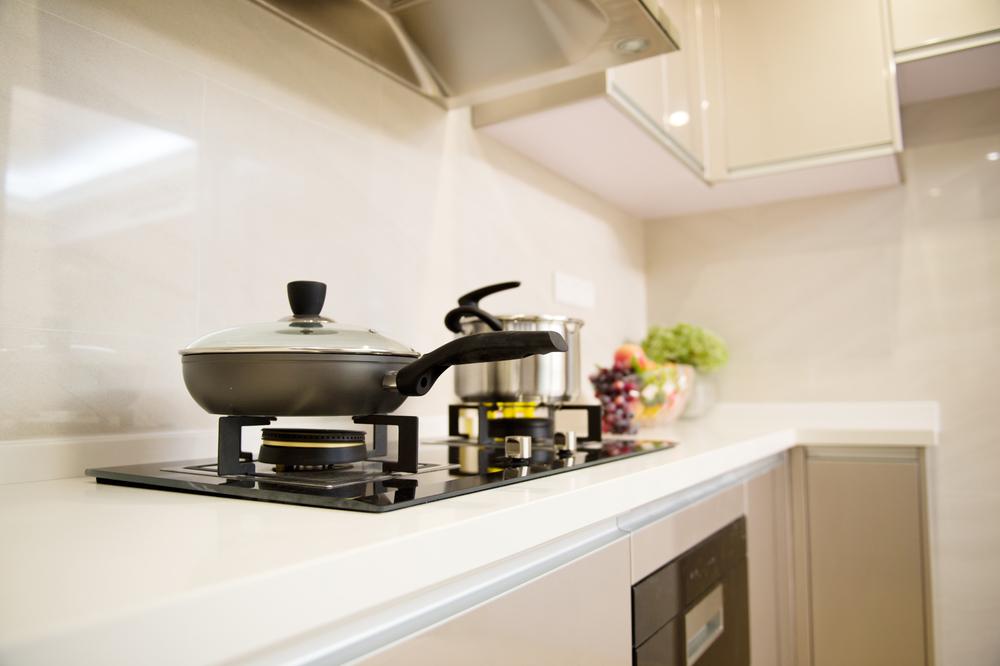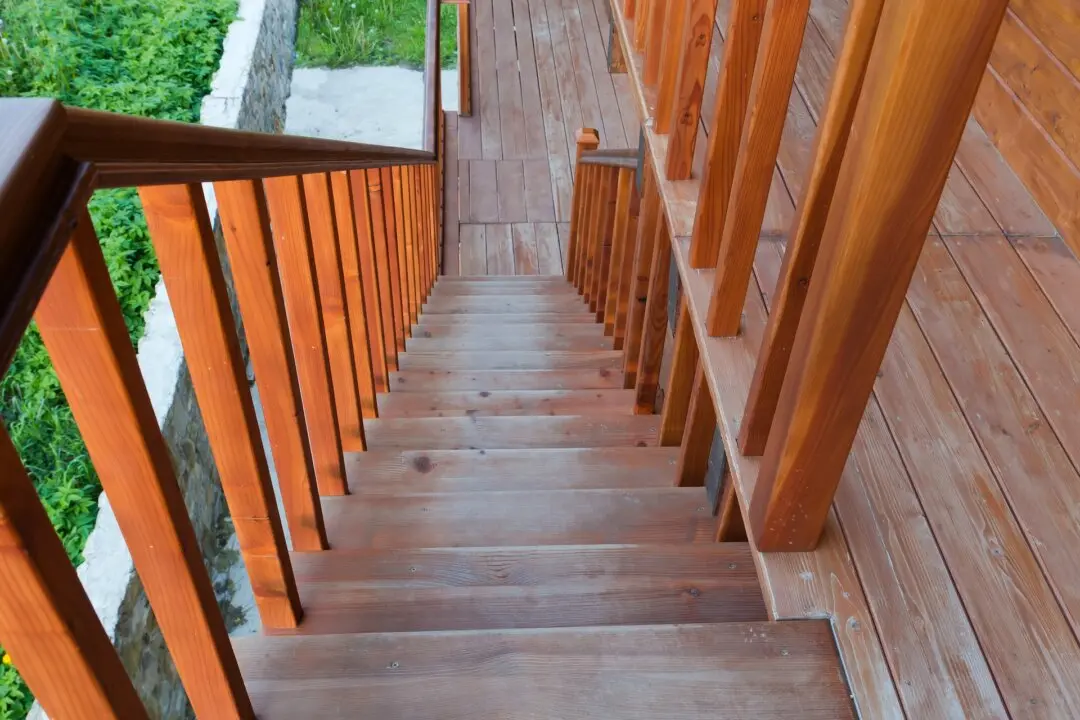Dear James: Our kitchen laminate countertop is fairly new. Our kids put a hot pot on it and burned a big spot. Is there any attractive, inexpensive method to repair it ourselves? —Emily T.
Dear Emily: For the most part, laminate countertops are virtually indestructible. It is basically a very durable sheet of plastic with a printed image under it. Its only Achilles’ heel is high heat, which melts and may darken the plastic sheet.





